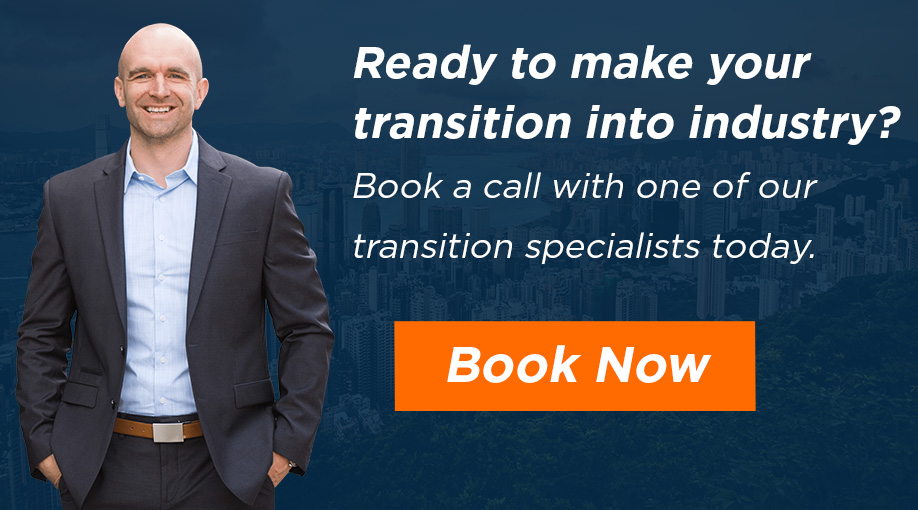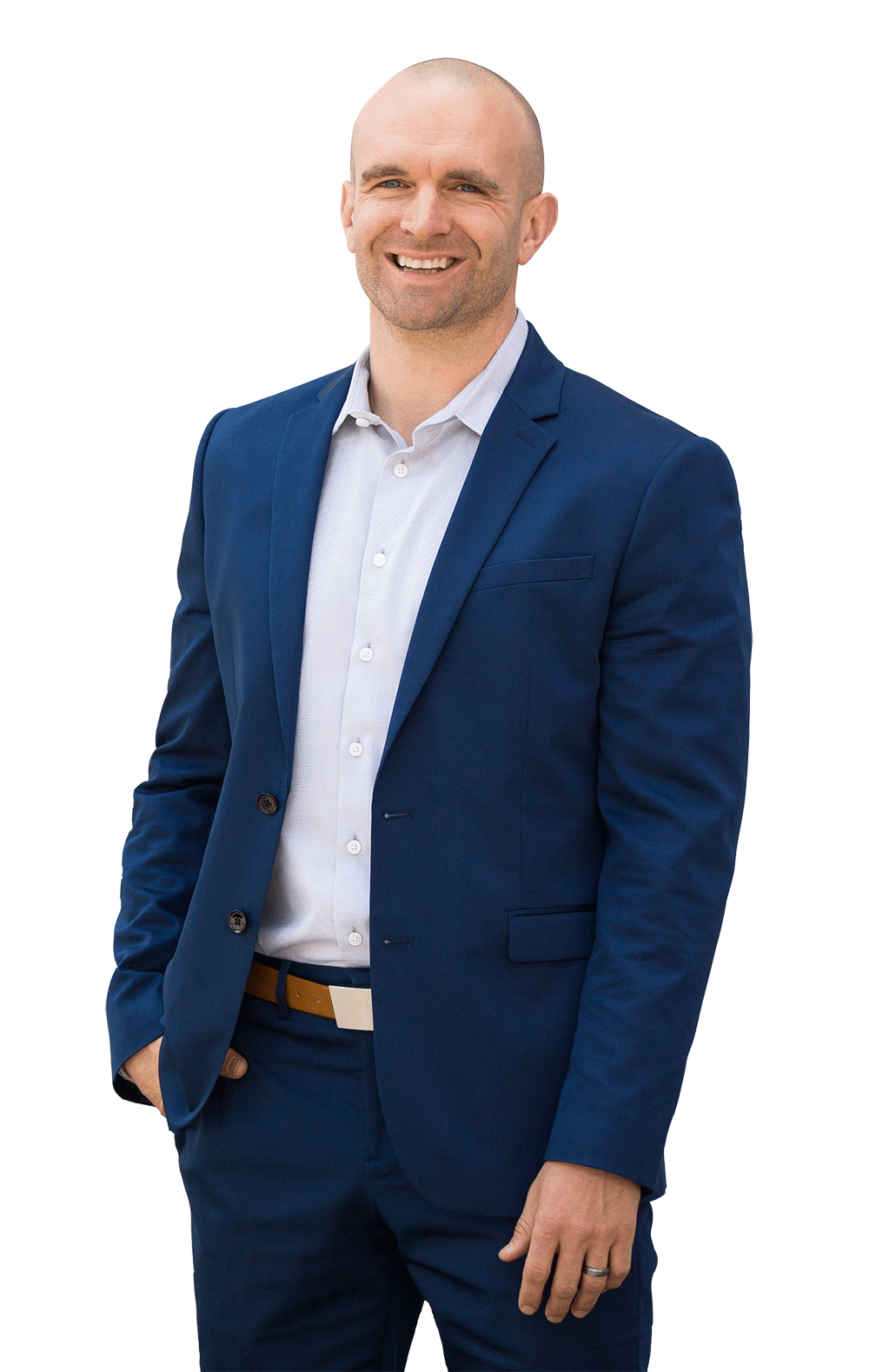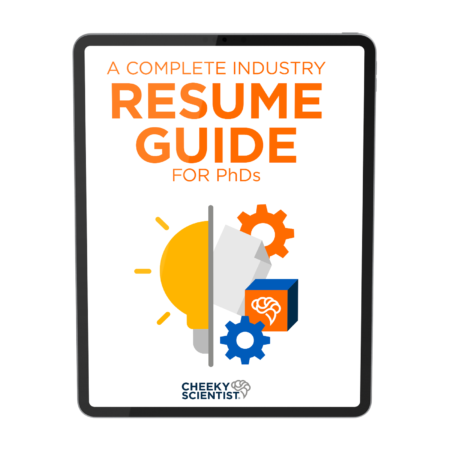Is Your LinkedIn The Cause Of Employers Ghosting You? 7 Techniques To Get Noticed On LinkedIn

I began my job search optimistic and determined. There was a job posting that seemed to be written specifically for me. I had all the qualifications, the work was extremely interesting. It was as if I had written exactly what I was looking for in a job and there it was on a job site. I spent all my time on the resume and did not touch my LinkedIn. I felt for sure I would get it, it was just too perfect. Finally, I hit “submit” and waited.
For weeks, I heard nothing but I was patient. Then I got it, my first rejection letter.
So much time had been spent on creating that application it was crushing to get the rejection letter. There were no other prospects. It was time to change strategies.
I still needed a job, so I started playing the numbers game. Maybe it wasn’t about being perfect for the role but how many roles you can apply to.
Over the course of several months I applied to several jobs. Uploading resumes endlessly to job sites and blind messaging people on LinkedIn.
And for months I didn’t receive a single call back.
Was this not a numbers game? If I uploaded enough resumes and blind messaged enough people, surely something would happen. I just needed to upload more resumes and apply to more jobs.
I even started to apply to jobs I had no interest in and was completely overqualified for. Still nothing. I began to think my PhD was a liability.
That PhD, at the end of my name or on my resume was deterring my chances of getting a job. I had played the numbers game, I had tried putting all my eggs in one basket. It just felt that my PhD was the thing that was holding me back. I was under a veil of dread, in a state of limbo; I felt I had lost my identity. If I couldn’t say I was a PhD, who was I?
I asked a former labmate who had transitioned successfully into industry, what was their secret? Did they remove PhD from their LinkedIn, from their resume?
They said the secret to their success was their LinkedIn profile.
I thought my LinkedIn was fine, I had a professional headshot, a headline; it was complete.
But when she looked at it, she said there were many areas of improvement. I was shocked. Was this good advice? Should I make these changes?
Nothing else was working, so I figured I would give it a shot.
The difference that these small changes made was astounding. A recruiter reached out to me and I started to have rapport with him. Soon enough I had interviews, offers and landed my first industry job.
Here are the secret LinkedIn tips that changed my job outlooks from nothing to offers in just a few weeks.
LinkedIn Is More Important Than Your Resume
Resumes are uploaded in bulk every day, hundreds of people apply for the same jobs. Meaning a job recruiter or hiring manager can spend very little time on each resume. Research shows they spend less than 7 seconds.
Similar data show a recruiter will spend 10 seconds on your LinkedIn profile. This may not seem like a lot but if you look at it as a percentage, this is over a 40% increase in viewing time.
In addition, over 90% of recruiters are using social media to find new job candidates, the vast majority of which are using LinkedIn. But they are using a different LinkedIn version than what you see, this is called LinkedIn Recruiter.
1. Turn on the recruiter button
This one is the most simple but is also the most crucial.
If you don’t click this button you will remain invisible no matter what you have on your LinkedIn. You’ll never show up on the search results.
The button can be hard to find sometimes. But now that you know about it, you should be able to find it. Below your profile picture there should be a box that says “Show recruiters you’re open…”.
Click on this box and fill out the brief survey about what you are looking for, including locations and job titles. You can also change who can see this to hide this information from your current employer.

2. Your impressive technical skills don’t matter; keep it simple on LinkedIn
Recruiters usually don’t have PhDs, they are not searching for a biomedical microbiologist or a plant physiologist, they don’t care if you can do a western blot or RNAseq.
They are using terms that are much more general (ie. biologist, plant scientist, research, project management). In fact the three main search boxes on LinkedIn Recruiter are “Job tite”, “Location”, and “Skills.”
So while you may possess very impressive technical skills, displaying them on your resume or LinkedIn profile may not help you.
Instead, you need to understand how keywords work and sprinkle them throughout your profile. So, when a recruiter does a search to fill an open position, the LinkedIn algorithm ranks your profile high.
3. Transferable skills aren’t a plus, they are a must.
Recruiters and hiring managers are generally looking for candidates with strong transferable skills. These include skills like communication and project management.
Technical skills are great, but they can easily be learned on the job. Being able to collaborate or manage time is a lot harder to teach and learn if you don’t already have these skills.
In addition, in times of recession, you should adapt your transferable skills. Recession specific transferable skills are a must.
These are skills that show you are the least risky candidate.
In a time of pure uncertainty, companies need to mitigate their risk in hiring.

Words like “flexibility & versatility,” “change management,” “virtual” “risk mitigation” and “risk management” show employers that you will work towards diminishing risk for their company and, as a PhD, you already have most of them.
Finally, you should add the terms “technical literacy” and “technical communication” to your profile. All the scientific misinformation we are currently seeing comes from people without technical literacy; they do not have PhDs.
4. Be active on LinkedIn
On any social media platform, the more you connect with others, the more you are noticed. Connecting on LinkedIn can be a little different than on other social platforms. It is more of a professional setting, so your activity should reflect this culture.
There are three main ways you can be active on LinkedIn. The first is to “react” to a post. This includes all the different emojis that LinkedIn has (i.e. “like,” “celebrate,” “love,” “support,” “insightful,” “curious.” This is the most basic level of engagement. It requires very little input and as a result doesn’t increase your presence that much.
The next would be to comment on someone’s post. This would also include sharing someone else’s post and adding a comment. At this level, the author will likely see your name and read your comment, which will increase your visibility.
This is a great place to start if you feel a little insecure about posting your own content. It will make you more acquainted with the kinds of posts appropriate for this platform and who posts them.
The final level would be to post your own content. This can either be a short post, a photo with a comment, a video, or your own LinkedIn article. Remember, LinkedIn is not Facebook, Instagram, or Youtube; the kinds of posts you create on LinkedIn need to be appropriate for the professional audience.
This does not mean publishing comments loaded with jargon.
It simply means you need to communicate at the level that you would at an office, or conference, and not at a bar with friends.
Bonus activity. As a bonus, being a reference for someone is another way to be noticed. You should have 2 references on your LinkedIn but you should also be a reference to other people that you know. This typically does not take too long but will impact your LinkedIn score considerably.
5. Hide your competitors
Wouldn’t it be nice if you could just remove all the competition. LinkedIn has over 500 million users, that’s a lot of other people that have the same technical and transferable skills as you.
So, making all those users invisible would definitely increase your visibility.
You can’t 100% remove your competitors from LinkedIn but you can definitely limit them. On the right hand side of your LinkedIn there is a column for “Also Viewed.” These are people that are similar to you and your skills; these are your competitors. You can hide this “Also Viewed” section, so when a recruiter lands on your site the only profile they are looking at is yours.

6. You are ghosting other people
It’s well known that the fastest way to getting hired is through referrals. LinkedIn is a great place to start establishing these connections and creating rapport. Reach out to someone you admire or someone in a position you are interested in. Comment on their post, connect with them, set up an informational interview and continue the conversation. Eventually, you will build a relationship, even if you’ve never met in person, or you live on the other side of the world.
You may see someone’s post and have a thought or comment but be too timid to post it.
Stop these toxic thoughts, you’re valuable, your PhD is worth something and you posting on someone else’s profile will only open doors as long as you are sincere, add value, and keep it professional.
7. Don’t be an aggressive interviewer
When you get around to scheduling informational interviews keep it light. Ask questions that will enhance your status, build rapport, and get the other person talking. You don’t want to immediately start an interview with questions about how to become more competitive or how you can get a job. Don’t be aggressive.
Think of it more like a conversation. Try to get to know the other person. What do they enjoy about the job? How did they get into this career track? By making it about “them”, you still gain all the information but in a way that shows you are not only interested in you.
Keeping it informal will also make it more relaxed and less stressful. Being too aggressive during an informational interview is a sure way to lose a connection.

These steps are not time consuming, they are not complicated but they do work. Applying these small tweaks to your LinkedIn profile could have a monumental impact on your career outlooks.
If you’re ready to start your transition into industry, you can apply to book a free Transition Call with our founder Isaiah Hankel, PhD or one of our Transition Specialists. Apply to book a Transition Call here.

ABOUT ISAIAH HANKEL, PHD
CEO, CHEEKY SCIENTIST & SUCCESS MENTOR TO PHDS
Dr. Isaiah Hankel is the Founder and CEO of Cheeky Scientist. His articles, podcasts and trainings are consumed annually by millions of PhDs and other professionals in hundreds of different countries. He has helped PhDs transition into top companies like Amazon, Google, Apple, Intel, Dow Chemical, BASF, Merck, Genentech, Home Depot, Nestle, Hilton, SpaceX, Tesla, Syngenta, the CDC, UN and Ford Foundation.
Dr. Hankel has published 3X bestselling books and his latest book, The Power of a PhD, debuted on the Barnes & Noble bestseller list. His methods for getting PhDs hired have been featured in the Harvard Business Review, Nature, Forbes, The Guardian, Fast Company, Entrepreneur Magazine and Success Magazine.
More Written by Isaiah Hankel, PhD































